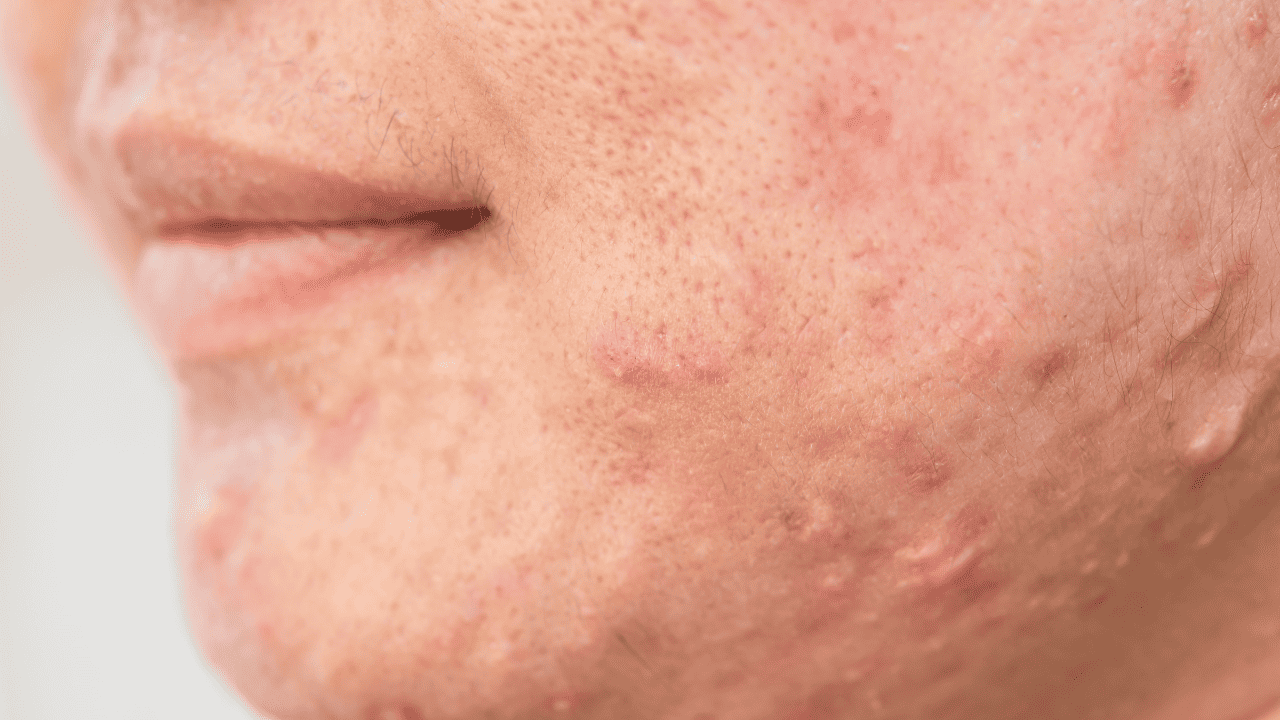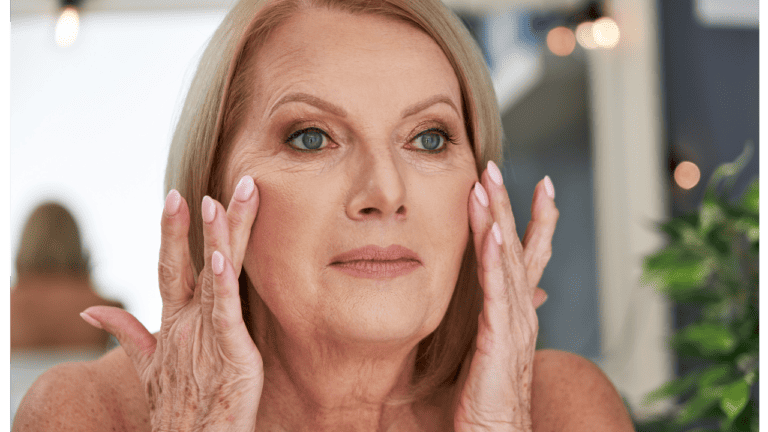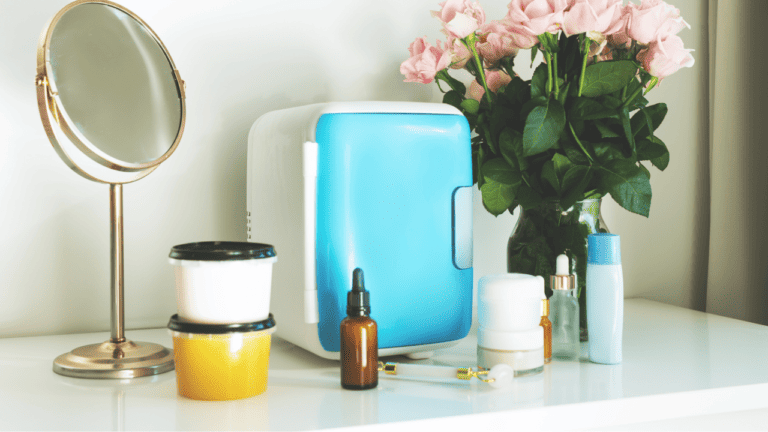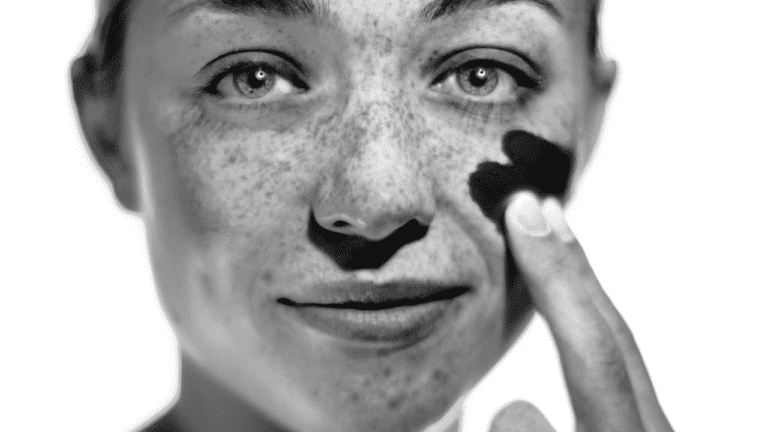To get rid of keloid scars dermatologists often recommend corticosteroid injections and Corticosteroid Injections, but if you’re looking for an at-home treatment silicone sheets have been shown to work over time as well.
More than just a cosmetic concern; keloid scars are so prominent that they can impact your comfort and self confidence. If you’re struggling with these unique and often persistent types of scars, you’re not alone, some of us on the writing team have experienced them as well and have experience with both corticosteroid injections and at-home silicone treatment sheets.
Let’s discuss what potential treatments you can consider to help with your keloid scar, why you would choose them and which one is the best for you on your journey to smoother skin.
Key takeaways
- Corticosteroid Injections help to flatten keloid scars (fastest)
- Laser therapy help to reduce flatten and reduce pigmentation
- Silicone sheets help to flatten keloid scars (least invasive, slowest)
Professional Medical Treatments
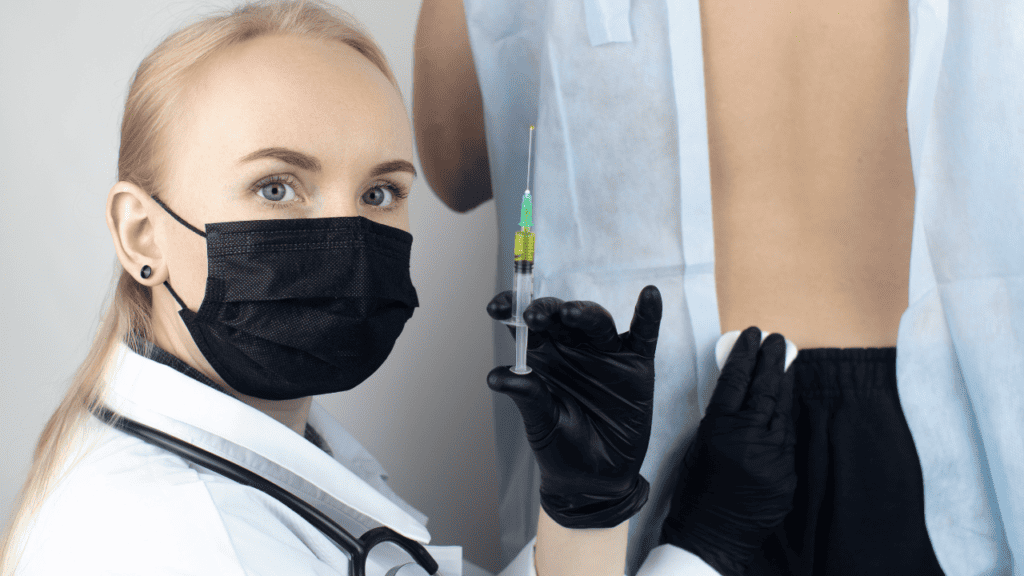
Corticosteroid Injections for keloid scars
To treat keloid scars, one of the most common treatments for is corticosteroid injections. These injections, which are typically a type of cortisone, help reduce inflammation and can flatten the keloid over time and are very effective.
The treatment usually involves a series of injections administered every four to eight weeks and patients will see a noticeable improvement in the texture and appearance of their keloids after several sessions. Although complete flattening may not always be achievable.
Unfortunately if you’re one to avoid pain, this treatment might not be for you. These injections are known to be extremely painful for some because keloid scars consists of dermal tissue, rich in nerves so you might feel more pain than a usual injection.
Personal author’s note: I had a friend who accidentally burnt herself with hot oil as a child and her arm and back had many large keloid scars, after seeing a dermatologist, they recommend corticosteroid injections for her and she was very happy with the results.
Laser Therapy for keloid scars
Laser therapy is another effective treatment for keloids. This method uses focused light to target and reduce the scar tissue, it’s less invasive however it can target the deeper layers of the skin. Different types of lasers can be employed, each with specific effects.
- Long-pulsed lasers will help to reduce the redness of the scar.
- Non-ablative or ablative fractional lasers resurfacing help to flatten and soften the keloid
When deciding which laser therapy you would like to flatten the keloid scar, ablative lasers are much more intense than non-ablative lasers.
Typically ablative lasers remove the epidermis and provide a much more significant improvement to the skin, but requires a lot more downtime, and you might bleed followed by scabbing and flaking.
Non-ablative lasers which are much more common nowadays can also flatten keloid scars, but require less downtime because they do not remove the epidermis of the skin. This results in a less dramatic effect as well. .
Surgical Options
Surgical removal is an option for particularly stubborn or large keloids. This procedure involves cutting out the keloid, but it comes with the risk of triggering the formation of a new keloid in the same area. To mitigate this risk, surgery is often combined with other treatments, such as corticosteroid injections or pressure therapy, to prevent the keloid from redeveloping.
how to flatten keloid scars at home
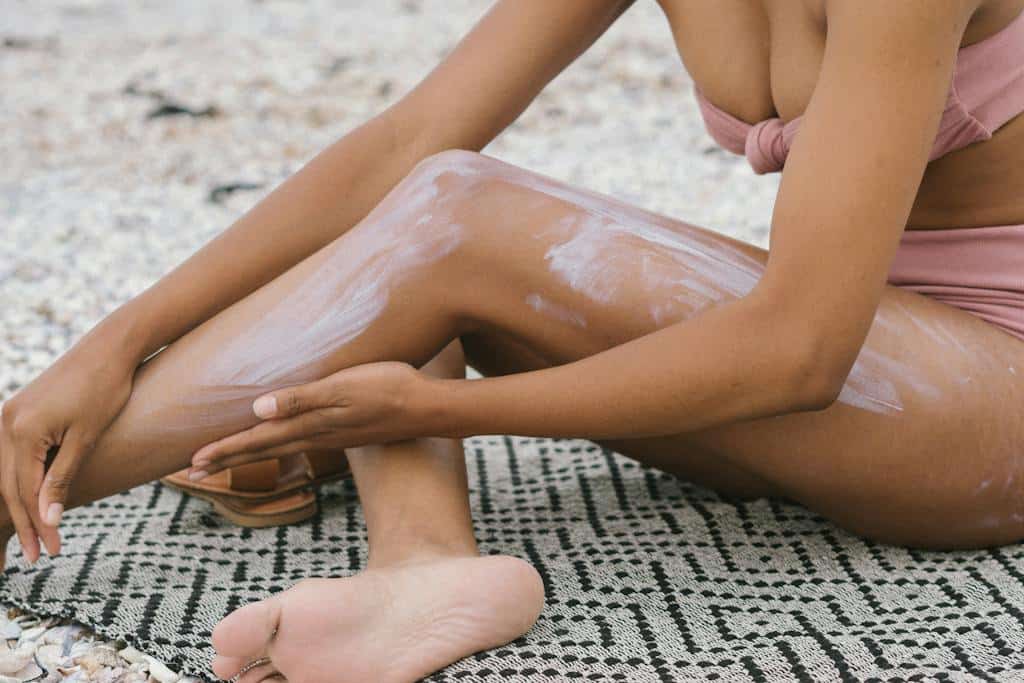
Silicone sheets and silicone gels help keloid scars
Silicone sheets and silicone gels really help to flatten scars and this has been extensively researched scientifically. They’ve been reported to reduce 86% of texture, 84% of colour and 68% of height in scars so you can bet that this is a good thing to try at home if in-office medical treatments do not suit you.
How do silicone sheets and gels work? They increase hydration in the skin, which regulates fibroblast production and reduces collagen production. This is important because keloid scars have an over production of collagen which results in their raised appearance, by reducing collagen production silicone sheets essentially flatten them.
How do you choose between silicone gels vs silicone sheets? Silicone gels are usually more popular because of the ease of use. They spread as an ultra thin sheet and dries quickly within a few minutes, on the other hand silicone sheets provide pressure throughout the day which help to flatten the scar faster.
Preventive Measures

Immediate Care for Wounds
Preventing keloid scars begins with proper wound care. When you sustain a skin injury, the way you handle it can significantly influence the healing process and the potential development of a keloid. Clean the wound gently yet thoroughly to prevent infection, a key factor in abnormal scarring. Use mild soap and water or an antiseptic.
Applying a thin layer of petroleum jelly can keep the area moist, which promotes healing. Avoid letting the wound dry out, as dryness can lead to more noticeable scarring. Cover the wound with a non-stick bandage and change it daily to maintain cleanliness.
If you’re prone to keloids, consider using silicone gel sheets or pads after the wound has closed. These can be cut to size and applied directly to the wound site, providing a protective barrier that may help regulate collagen production and reduce the likelihood of keloid formation.
Monitoring and Early Intervention
Regularly monitoring your healing wounds is crucial, especially if you’ve had keloids before then you’re at higher risk for keloids in the future. Look out for abnormal scarring, excessive itchiness and the scar growing beyond where the wound occurred.
If you notice these, consult a dermatologist promptly, or if you do not have access to one, silicone sheets and gels could will help you through the healing process significantly compared to leaving the wound alone.
In cases where you’re undergoing surgical procedures, discuss your concerns and history with keloids with your surgeon. They may be able to use specific techniques to minimize scarring and can also advise on post-operative care to reduce keloid risk.
What are keloid scars
Keloid scars are a unique and often challenging type of scar that can occur after skin trauma. Unlike typical scars, keloids are notable for extending beyond the original wound site, creating raised, thickened areas that may feel firm and rubbery. These scars are often reddish or darker than the surrounding skin, making them more conspicuous.
Keloids differ from other scar types, like hypertrophic scars, in their growth pattern and persistence. While hypertrophic scars are also raised, they do not grow beyond the boundaries of the original wound and may diminish over time. In contrast, keloids continually grow, rarely subsiding without intervention.
Conclusion
Navigating the world of keloid scars can be a journey filled with challenges, but it’s a journey you don’t have to make alone. With the right information and approach, managing keloids becomes less daunting.
Remember, the key lies in understanding your skin, exploring effective treatments, both medical and natural, and taking proactive steps in prevention and care. Most importantly, don’t underestimate the power of emotional support and self-compassion in this process.
FAQS
What causes keloid scars?
Keloid scars form when the body overproduces collagen during the healing process, leading to raised scars that grow beyond the original wound. They are more likely in people with a genetic predisposition or certain skin types.
Can keloid scars be completely removed?
While keloid scars can be significantly reduced in appearance and size through treatments like corticosteroid injections, laser therapy, or surgery, complete removal can be challenging, and there’s always a risk of recurrence.
Are natural remedies effective for keloid scars?
Natural remedies like aloe vera and honey can support the healing process and improve the appearance of keloids to some extent, but they are generally less effective than medical treatments, especially for larger or older keloids.
